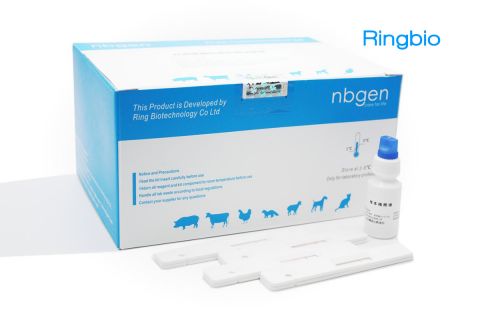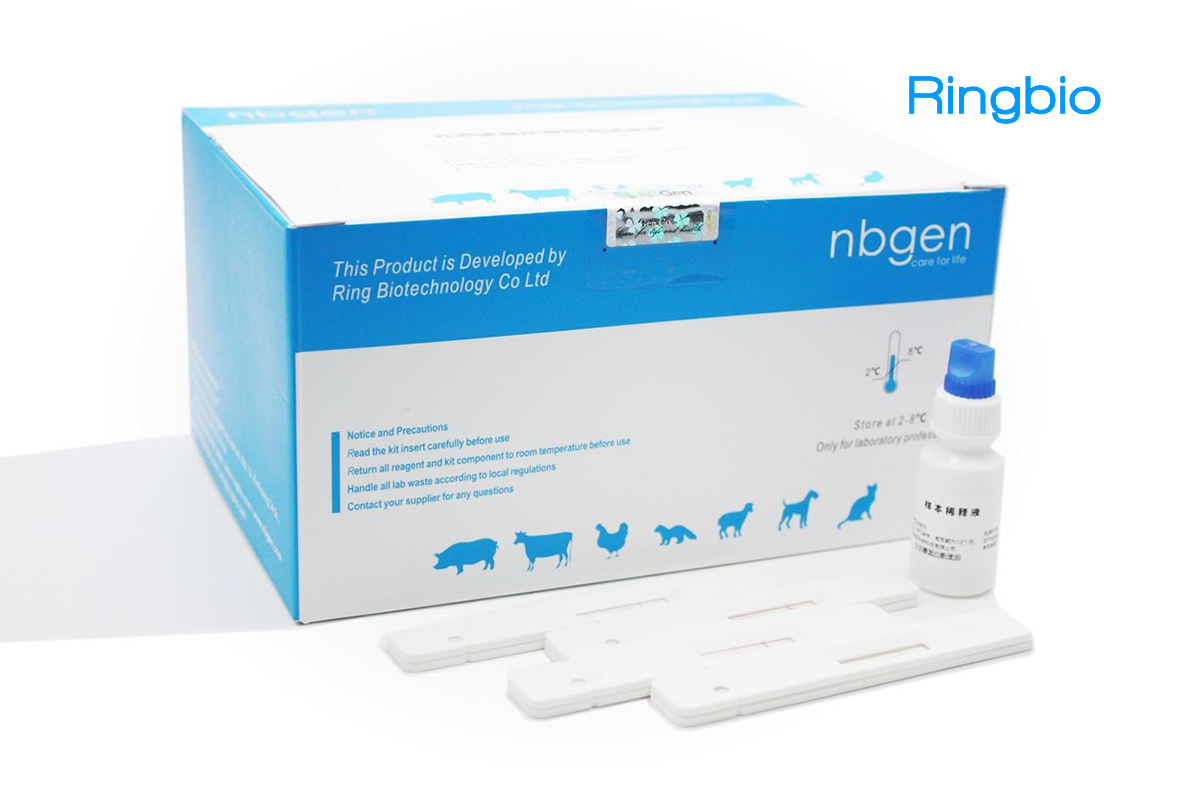
Avian influenza refers to the disease caused by infection with avian (bird) influenza (flu) Type A viruses. These viruses occur naturally among wild aquatic birds worldwide and can infect domestic poultry and other bird and animal species. Avian influenza A viruses are classified into the following two categories: low pathogenic avian influenza (LPAI) A viruses, and highly pathogenic avian influenza (HPAI) A viruses. H5, H7 and H9 are the most known HPAI viruses.
Key facts of Avian Influenza H7 antibody ELISA kit
- Ready to use kits for vet professionals
- No special instrument required
- Only less than 60min to get visual result
- Low cost with high sensitivity
Performance of the Avian Influenza H7 antibody ELISA kit
The kit was validated against HI/HA experiment, which demonstrated great accuracy and precision.
Technical details of Avian Influenza H7 antibody ELISA kit
| Product name | Avian Influenza H7 antibody ELISA kit |
|---|---|
| Product code | QE008 |
| Principle | Indirect ELISA |
| Species | Avian, poultry |
| Samples | Serum |
| Sample Preparation | If blood is collected, serum shall be seperated for assay |
| Specificy | 100%. This kit has no cross reactions with other poultry disease |
| Sensitivity | 100% compared with HA/HI |
| Package Size | 96T, 192T, 480T |
| Format | Readily used kit |
| Shelf-life | 12 months |
| Storage | 2-8 oC in cool dark plate |
Avian influenza A(H7N9) is a subtype of the influenza virus that primarily infects birds, but has also been known to infect humans. The first case of human infection with H7N9 was reported in March 2013, and since then, multiple outbreaks have occurred in many countries.
Nowadays, due to ongoing circulation of various strains (H5N1, H5N2, H5N8, H7N8, etc), outbreaks of avian influenza continue to be a global public health concern. The OIE’s objectives of promoting transparency and understanding of the global animal disease situation continue as a priority of our organisation in the face of this situation, in order to protect public health, and to ensure the safety of world trade in animals and animal products.
Extensive reading
- CDC website, avian flu, bird flu
- World health organization (WHO), Influenza (Avian and other zoonotic) factsheets
- World animal health organization (OIE), Avian Influenza Portal



